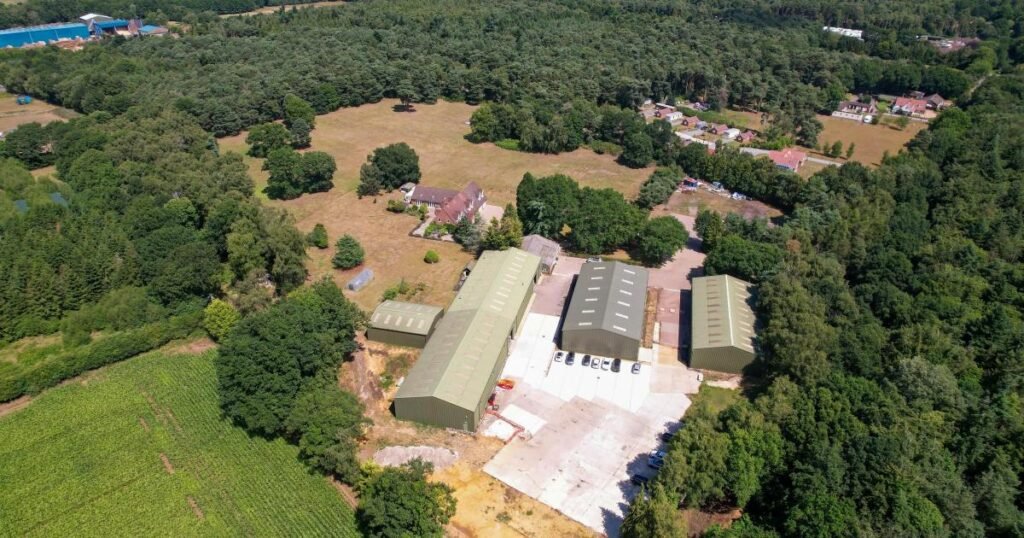An increasing number of property investors understand the benefits of combining residential and commercial premises on the same – or adjoining – sites.

As more and more entrepreneurs run their businesses from their homes, combining commercial premises – whether small office units or larger-scale storage and distribution buildings – makes good sense.
For freeholders, mixed-use investments are nothing new. Many of our retail streets are lined with buildings which consist of a retail unit on the ground floor and one or more flats on the upper floors.
The attraction here is that the investment risk is spread: if one sector is having a hard time, there is the income from the other sector to mitigate the damage.
Although it doesn’t happen every day, we are starting to see freehold opportunities which combine commercial and residential properties.
We have just brought one such to the market, a short distance north of Norwich. It combines a spectacular five-bedroom house, complete with swimming pool, gym and cinema room on a very large plot, with separate industrial units totalling 29,940 sq ft, which are currently let and providing a rental income of £186,000 a year.
The sea change in the way that we both work and use our leisure time means that the traditional separation of workspace and home is becoming ever-more blurred. This is resulting in more flexible and diverse investments becoming more attractive.
It isn’t Arkwright living over the shop; instead, it’s a thoroughly modern way of diversifying an investment portfolio.
For more information, visit arnoldskeys.com

